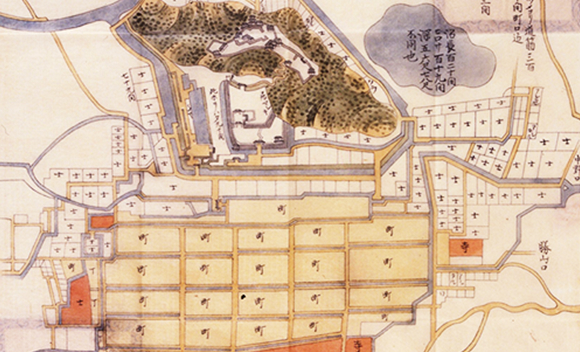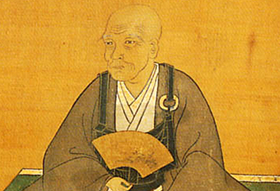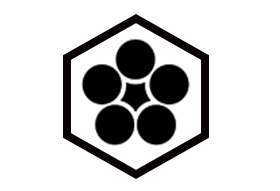About Ono castle | Echizen Ono Castle (original) (raw)

There were 19 people who served as lord of Echizen Ono Castle until it was disposed of in the meiji period (1868-1912). During the Azuchi Momoyama period (from the late 16th century to the beginning of the 17th century), prominent people such as Kazunori Aoki, Hidekatsu Oda, and Nagachika Kanamori served as lords of the castle. Kazunori Aoki was said to be a clan member of Hideyoshi Toyotomi. Hidekatsu Oda was the grandson of Nobunaga Oda.
In the Edo period (from the beginning of the 17th century to the mid-19th century), Ono became part of the Fukui domain. Masaaki Tsuchiya, a powerful vassal of Hideyasu Yuki (later his name was changed to Hideyasu Matsudaira) and the feudal lord of the Fukui domain, served as the lord of the castle. Although Masaaki Tsuchiya was Hideyasu Yuki’s vassal, his kokudaka (the revenue from the domain) was 38,000 koku (worth about 5,700 tons of rice), which was as large as those of smaller feudal domains. Tsuchiya was a great man
When Naomasa Matsudaira, Hideyasu Yuki’s son, became lord of the castle in 1624, the kokudaka that the Ono domain earned increased to 50,000 koku (worth about 7,500 tons of rice). Later, Naomasa Matsudaira became lord of the Shinano-Matsumoto domain (the currentty Matsumoto City, Nagano Prefecture) for 70,000 koku (worth about 10,500 tons of rice). Then lord of Izumo-Matsue (the currentty Matsue City, Shimane Prefecture) for 180,000 koku (worth about 27,000 tons of rice).
In 1682, Toshifusa Doi, son of Toshikatsu Doi who was “Tairo” (provisionally-appointed prime minister in the Edo period) became lord of Ono Castle. Since then, eight people from the Doi Family have served as lord of the castle for around 180 years until the end of the Edo period.
Finally, in 1872, the castle was sold to more than 20 people, including merchants, which marked the end of the 290-year history of Echizen Ono Castle.
First lord of the castle: Nagachika Kanamori
In 1575, Nobunaga Oda ordered Nagachika Kanamori and Masashige Hara, another samurai lord, to rule Ono-gun, which had been ruled by monks of Jodo Shinshu, a sect of Buddhism, and local peasant farmers rising up against the samurai rule. It is said that Kanamori received two-thirds and that Hara received one-third of Ono-gun. Kanamori began to build a “Hirayamajiro” castle on Kameyama and a castle town in a rectangle manner towards the east of the castle. This castle town became called “Little Kyoto in Hokuriku” because of its shape.

